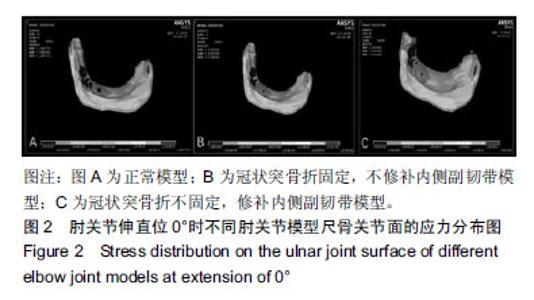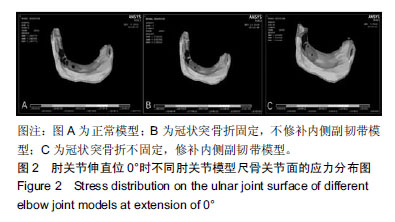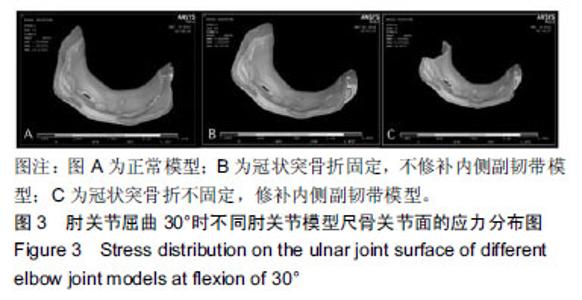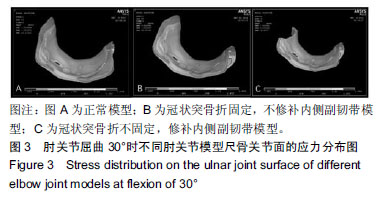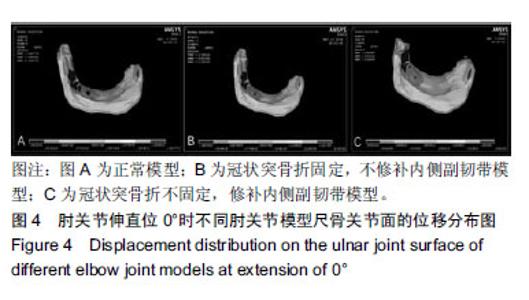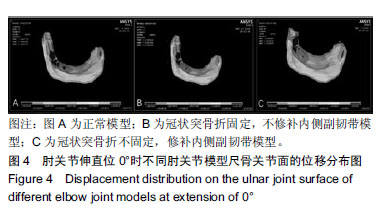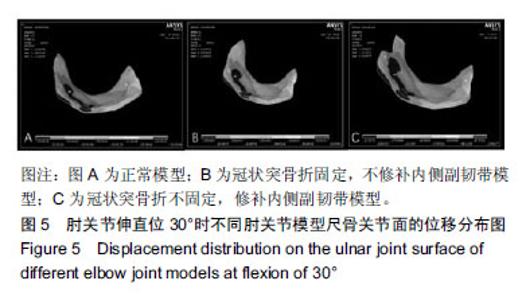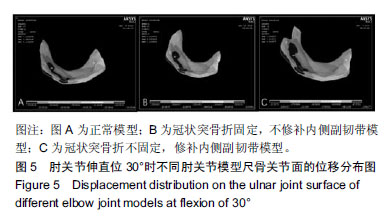| [1]Hotchkiss RN. Fractures and dislocations of the elbow. In: Rockwood CA Jr, Green DP, Bucholz RW, Heckman JD, eds. Rockwood and Green’s Fractures in Adults. 4th ed, Vol 1. Philadelphia, PA, USA: Lippincott-Raven. 1996;929-1024. [2]Chen NC, Ring D. Terrible triad injuries of the elbow. J Hand Surg Am. 2015;40(11):2297-2303.[3]Giannicola G, Calella P, Piccioli A et al. Terrible triad of the elbow: is it still a troublesome injury? Injury. 2015;46 (Suppl 8): S68-S76.[4]Mazhar FN, Ebrahimi H, Jafari D et al. Radial head resection versus prosthetic arthroplasty in terrible triad injury: a retrospective comparative cohort study. Bone Joint J. 2018; 100-B(11):1499-1505.[5]Pugh DMW, Wild LM, Schemitsch EH, et al. Standard surgical protocol to treat elbow dislocations with radial head and coronoid fractures. J Bone Joint Surg Am. 2004;86(6): 1122-1130.[6]McKee MD, Pugh DM, Wild LM, et al. Standard surgical protocol to treat elbow dislocations with radial head and coronoid fractures: surgical technique. J Bone Joint Surg Am. 2005;87(s1):22-32.[7]Mellema JJ, Doornberg JN, Dyer GS, et al. Distribution of coronoid fracture lines by specific patterns of traumatic elbow instability. J Hand Surg Am. 2014;39(10):2041-2046.[8]Feng D, Zhang X, Jiang Y et al. Plate fixation through an anterior approach for coronoid process fractures: a retrospective case series and a literature review. Medicine (Baltimore). 2018;97(36):e12041.[9]刘仁浩,周楠,毕郑刚.尺骨冠状突骨折的修复策略及生物力学分析[J].中国组织工程研究,2013,21(43):7610-7617.[10]Sard A, Dutto E, Rotini R, et al. The posterior bundle of the elbow medial collateral ligament: biomechanical study and proposal for a new reconstruction surgical technique. Musculoskelet Surg. 2017;101(Suppl 2):181-186.[11]Kovacevic D, Vogel LA, Levine WN. Complex elbow instability: radial head and coronoid. Hand Clin. 2015;31(4):547-556.[12]Hartzler RU, Llusa-Perez M, Steinmann SP et al. Transverse coronoid fracture: when does it have to be fixed? Clin Orthop Relat Res. 2014;472(7):2068-2074.[13]Morry BF, An KN. Stability of the elbow: osseous constraints. J Shoulder Elbow Surg. 2005;1:174-178.[14]Callaway GH, Field LD, Deng XH. Biomechanical evaluation of the medial collateral ligament of the elbow. J Bone Joint Surg Am. 1997;8:1223-1231.[15]Maloney MD, Mohr KJ, Attrache NS. Elbow injuries in the throwing athlete. Difficult diagnosis and surgical complications. Clin Sport Med. 1999;4:795-809.[16]Poelert S, Valstar E, Weinans H, et al. Patient-specific finite element modeling of bones. Proc Inst Mech Eng H. 2013; 227(4):464-478.[17]Burkhart TA, Andrews DM, Dunning CE. Finite element modeling mesh quality, energy balance and validation methods: a review with recommendations associated with the modeling of bone tissue. J Biomech. 2013;46(9):1477-1488.[18]Doornberg JN, Ring D. Coronoid fracture patterns. J Hand Surg Am. 2006; 31(1):45-52.[19]Jeon IH, Sanchez-Sotelo J, Zhao K, et al. The contribution of the coronoid and radial head to the stability of the elbow. J Bone Joint Surg Br. 2012;94:86-92.[20]Pugh DMW, Wild LM, Schemitsch EH, et al. Standard surgical protocol to treat elbow dislocations with radial head and coronoid fractures. J Bone Joint Surg Am. 2004;86(6): 1122-1130.[21]McKee MD, Pugh DM, Wild LM, et al. Standard surgical protocol to treat elbow dislocations with radial head and coronoid fractures: surgical technique. J Bone Joint Surg Am. 2005;87(s1):22-32.[22]Mathew PK, Athwal GS, King GJW. Terrible triad injury of the elbow: current concepts. J Am Acad Orthop Surg. 2009;17(7): 137-151.[23]Labott JR, Aibinder WR, Dines JS, et al. Understanding the medial ulnar collateral ligament of the elbow: review of native ligament anatomy and function. World J Orthop. 2018;9(6): 78-84.[24]Dodds SD, Fishler T. Terrible triad of the elbow. Orthop Clin North Am. 2013;44(1):47-58.[25]Hrubina M, Horak Z, Skotak M et al. Assessment of complications depending on the sliding screw position-finite element method analysis. Bratisl Lek Listy. 2015;116(5): 302-310.[26]Aquilina P, Parr WC, Chamoli U, et al. Finite element analysis of patient-specific condyle fracture plates: a preliminary study. Craniomaxillofac Trauma Reconstr. 2015;8(2):111-116.[27]倪鹏辉,张鹰,杨晶,等.临床骨科中应用的有限元分析法:新理论与新进展[J].中国组织工程研究,2016,20(31):4693-4699. |
